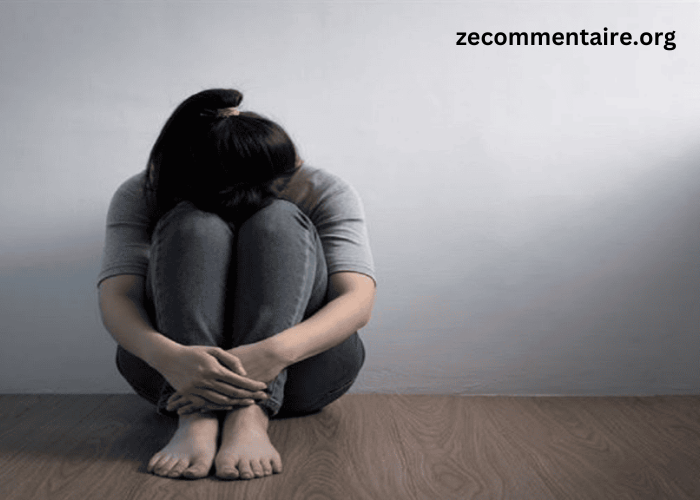Depression is a mental health issue that touches millions around the globe. It can lead to ongoing sadness, a lack of interest in things you used to enjoy, and various physical and emotional struggles. If not addressed, depression can affect how you live your life, your relationships, and your overall happiness.
The good news? There are many depression treatment options out there that can help you manage your symptoms and boost your quality of life.
We’ll cover all you need to know about treating depression and determining your own route to greater health in this tutorial. Together, let’s go exploring!
Understanding Depression
Before looking at the treatment options for depression, it’s important to know what depression is and how it affects people. Depression isn’t just feeling sad; it is a serious mental health issue that can cause both physical and emotional problems.
Some common signs of depression include:
- Persistent sadness or hopelessness
- Loss of interest
- Appetite and weight changes
- Sleep issues or oversleeping
- Fatigue or low-energy
- Worthlessness or guilt feelings
- Trouble concentrating and deciding
If you have these symptoms for more than two weeks, it might mean you have depression.
Types of Depression
There are various types of depression, and it’s important to know the differences since each type might need a different treatment. Here are some common types of depression:
Major Depressive Disorder
This type of depression makes you feel sad and lose interest in things you used to enjoy for at least two weeks. It can change how you think and feel, making it hard to do everyday tasks.
Persistent Depressive Disorder
Also called dysthymia, this is a less severe but long-lasting type of depression. It can go on for years if not treated.
Postpartum Depression
New mothers might feel sad after giving birth because of hormone changes and taking care of a newborn. This sadness can be mild, known as baby blues, or more serious, needing treatment.
Seasonal Affective Disorder (SAD)
People with Seasonal Affective Disorder (SAD) feel depressed during certain times of the year, usually in winter when there is less natural light.
Bipolar Disorder
Bipolar disorder includes episodes of depression and mania, leading to big mood and energy changes. It needs special treatment that is different from other kinds of depression.
Depression Treatment Options
The good news about depression is that it can be treated, and getting help can make your symptoms better. Here are some common types of depression treatment options:
Psychotherapy
Psychotherapy means talking to a mental health expert about how you think and feel. For example, adolescent outpatient addiction treatment might use individual and group talk therapy sessions.
Medications
Antidepressants help manage depression symptoms. It’s important to work with a psychiatrist or doctor to find the right medicine and dose for you.
Lifestyle Changes
Exercising, eating healthy, and getting enough sleep can boost your mood and lessen depression symptoms. It’s also important to stay away from drugs and alcohol, as adolescent addiction can make things worse.
Support Groups
Joining a support group with people who know what you’re facing can give you helpful emotional support and practical tips for managing your condition.
Understand and Manage Depression Successfully
Depression is a tough and complicated mental health issue. Many depression treatment options can help people manage their symptoms and feel better. Finding the right mix of treatments can help those who are struggling. Remember, asking for help shows strength. With the right support, you can overcome depression and live a happy life.
Is this article helpful? Keep reading our blog for more.





